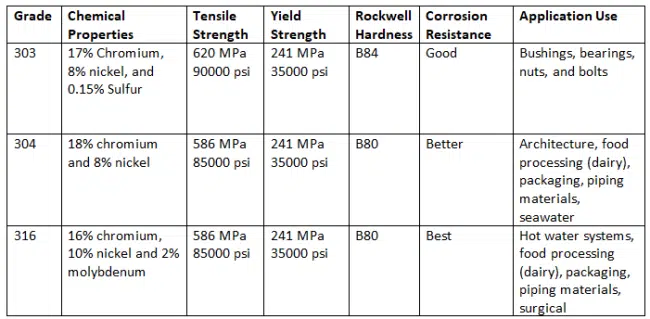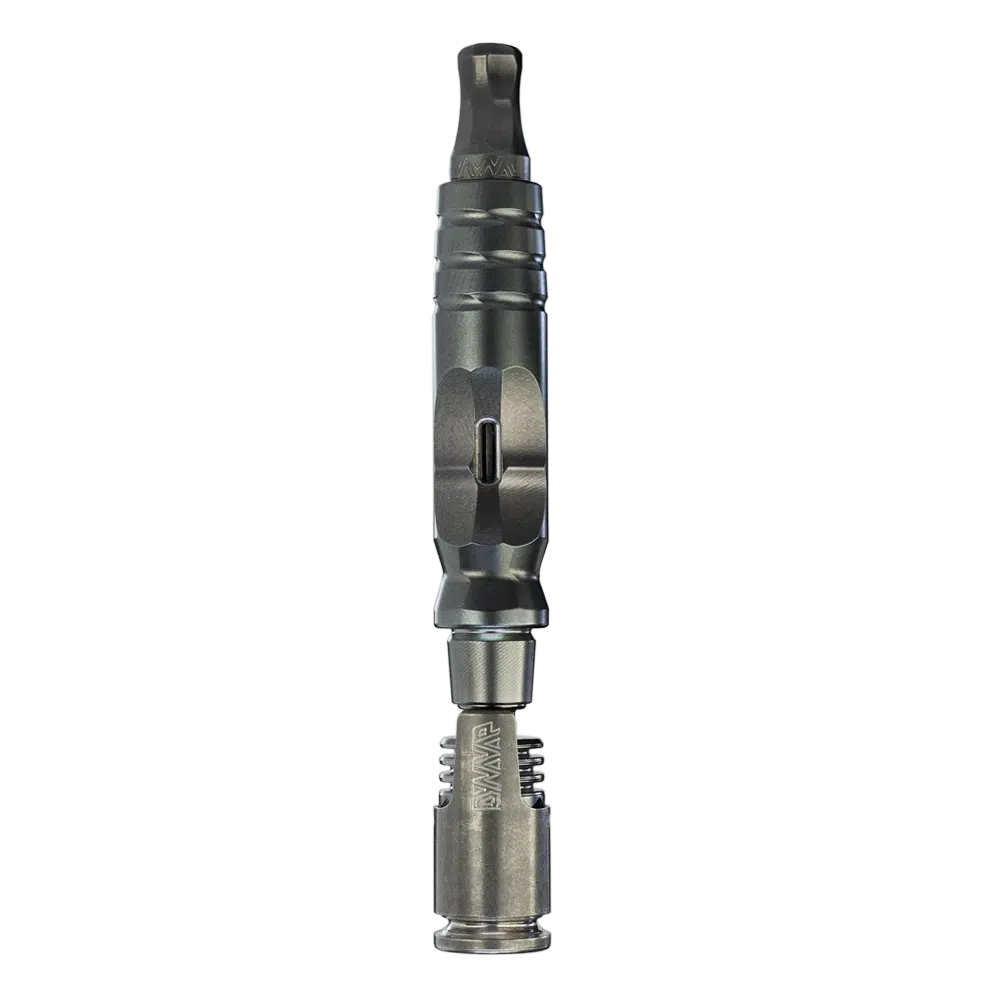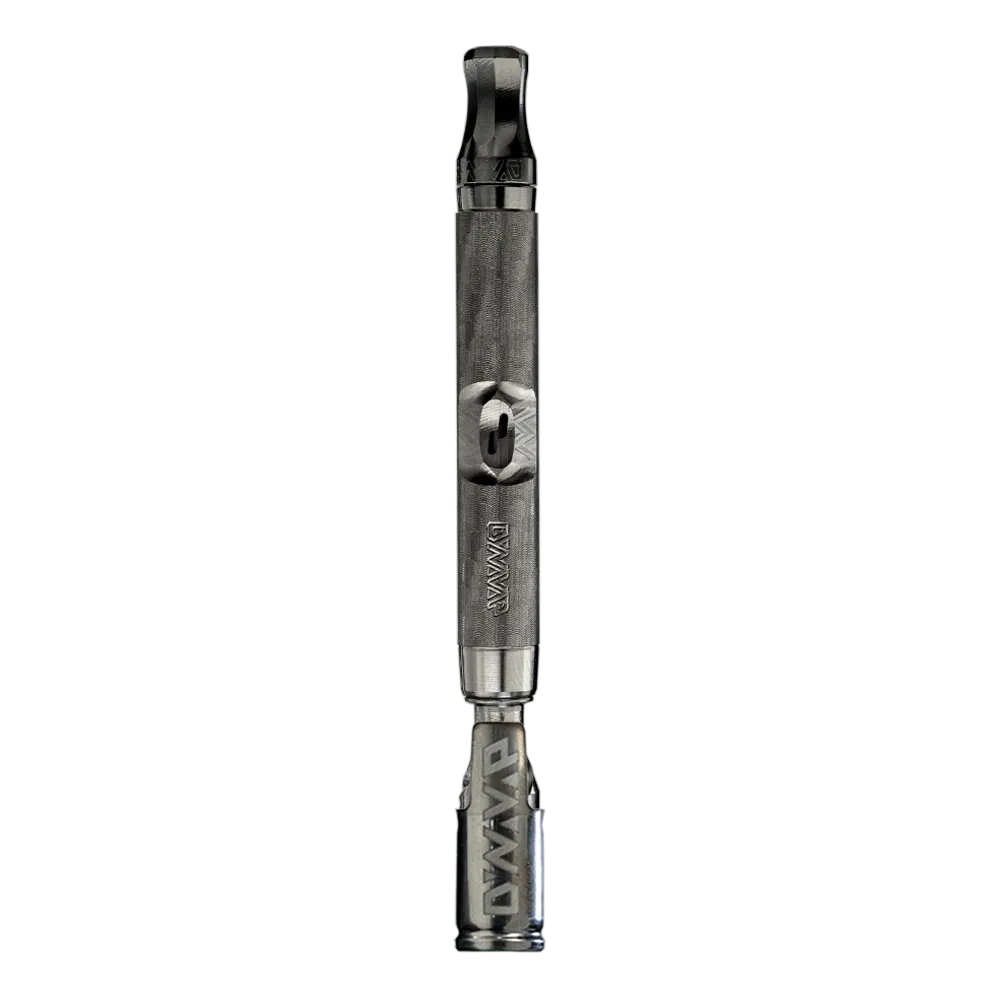Bonnie's Briefings
Medical-Grade or Just Marketing? What Companies Aren’t Telling You!
In this bag
Trust the label. Or should you? In an age where product safety is a top priority, companies love throwing around terms like “medical-grade” and “human-safe” to build trust. But how much of it is backed by real standards, and how much is just a fancy marketing tactic?
Join us as we uncover the truth behind material safety and what it really means for consumers like you. Because when it comes to the tools you use every day, knowing what’s inside matters.
The Fine Line Between Reality and Marketing
Labels sell products, and the term “medical-grade” carries weight. Many assume it means the highest level of safety and precision, but that’s not always the case. Some companies use vague wording to make their products seem more premium than they really are. Others, however, truly invest in high-quality materials that meet strict industry standards.
So how can you tell the difference?
Understanding ‘Medical-Grade’ and ‘Human-Safe’ Materials
Not all materials are created equal, even when they carry the same label. “Medical-grade” means different things depending on context:
- In healthcare, medical-grade materials must meet FDA or equivalent international standards for biocompatibility and safety.
- In consumer products, the term is less regulated and often used as a marketing term.
Similarly, “human-safe” materials must comply with food contact regulations, but loopholes exist. Some products may only meet the bare minimum requirements while still claiming the title.
In a recent Reddit discussion, users shared their experiences with misleading product labels and what to watch out for. But not all companies play this game. Some, like the makers of high-end devices, go the extra mile to ensure their materials hold up under scrutiny.

When Standards Matter: How Some Companies Cut Corners
It’s one thing to slap a label on a product; it’s another to prove its legitimacy. Some manufacturers cut costs by using lower-quality materials while still advertising them as safe. This can lead to:
- Material degradation – Cheaper metals and coatings can break down over time, potentially exposing users to unknown risks.
- Inconsistent sourcing – Not all “human-safe” materials go through rigorous testing, leaving consumers to take a company’s word for it.
- Misleading marketing – A product might meet basic standards but fail under real-world use.
But not all companies play this game. Some, like the makers of high-end devices such as the DynaVap HyperDyn, the WoodWynd, and the M 7 XL, go the extra mile to ensure their materials hold up under scrutiny.
DynaVap HyperDyn
$ 310.00 CADDynaVap M 7 XL
$ 100.00 CADDynaVap WoodWynd
$ 199.00 CAD
The Science Behind Quality Materials
There’s a reason why certain brands like Dynavap are trusted more than others—they don’t just claim safety; they prove it. Some companies have openly shared details about their material choices, revealing why they stand by their products:
- High-grade stainless steel – Used in industries like medicine and food production for its durability and resistance to corrosion.
- Precision engineering – Ensuring every component meets exacting standards for safety and longevity.
- Third-party testing – Some companies subject their materials to independent verification, reinforcing their claims with real data.
When companies invest in better materials, it’s not just about durability—it’s about delivering a product that’s safe for consumers to use long-term.
How to Identify Products That Truly Meet Safety Standards
You don’t have to take marketing claims at face value as a consumer. Here’s how you can ensure the products you’re using meet real safety standards:
- Check for independent testing – Brands that stand by their materials often provide lab test results or third-party certifications.
- Look at industry comparisons – If a company is vague about what they use, look at competitors who are more transparent.
- Pay attention to reputation – Some brands have built trust over years of consistent quality and open communication with customers.
When companies truly prioritize material safety, they don’t just make claims—they provide proof.
The Bottom Line: Transparency Matters
Not all “medical-grade” or “human-safe” materials are the same, and not all brands take safety seriously. Some use these terms as buzzwords, while others back them up with real engineering, testing, and transparency.
For those who want a product they can rely on, it’s worth looking beyond the marketing and into the facts. Because when it comes to the tools you use daily, only the best materials should make the cut.
Your safety isn’t just a selling point—it should be a guarantee.
Your Feathered Friend,
Bonnie Bufflehead

Feed on Piper’s Seeds
When you sign up to be part of Piper’s seed bag you get:
- a 10% discount code to be used on any purchase
- Piper’s “Seed Bag” Newsletter, that is sent out twice a month
- Any special promotions that members would benefit from.




